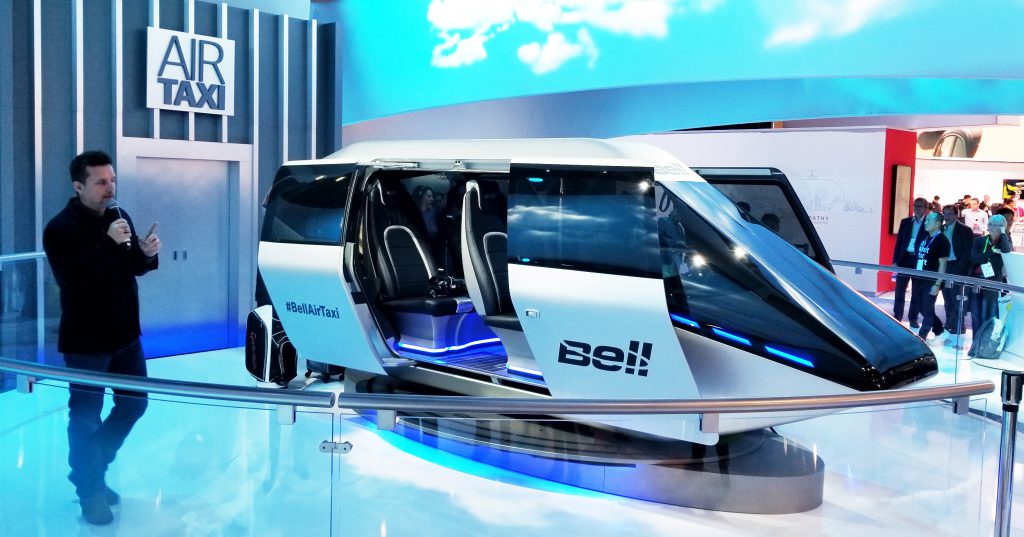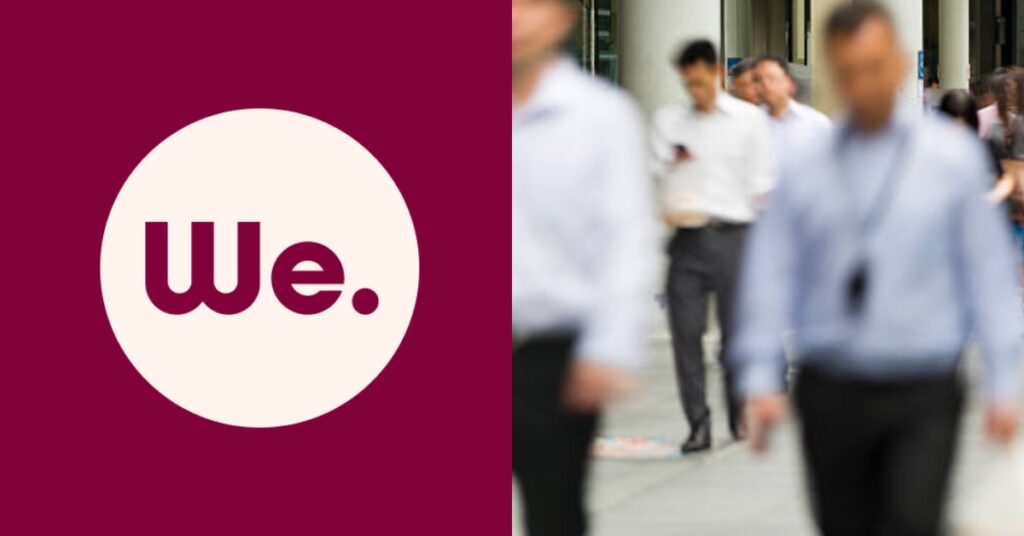Just last year, we learnt that self-driving shuttle buses would be hitting our roads come 2022.
Starting with Punggol, Tengah, and the Jurong Innovation District, this driverless concept will be in operation primarily during off-peak periods.
According to Transport Minister Khaw Boon Wan, the autonomous shuttles can help to provide first-last mile connection for residents and workers in these districts.
Air Taxis Are Coming
Today, Channel NewsAsia reported that American manufacturer Bell Helicopter has set its sights on Singapore’s skies, and is looking to launch an ‘air taxi’ service here in time to come.
Said Bell Helicopter Asia general manager Chris Schaefer, “Obviously, traffic [in Singapore] isn’t as bad as in Jakarta or Bangkok, or Delhi for that matter, but I think there’s still a demand.”
The helicopter that the company has in mind for the service is their Bell 505, their latest and most lightweight electric flying taxi to date.

The Bell 505 is said to be “well-received” in Asia, and Whitesky Aviation in Indonesia has been using Bell’s helicopters since last December for its Helicity flights in and out of Jakarta and around the capital.
Indonesia seems to be a hotbed of air taxi services, as ride-hailing giant Grab also took a shot at it with their GrabHeli service trial during a weekend last June.
Mediko Azwar, Grab Indonesia’s marketing director, told AFP that Grab was “exploring the possibility of launching GrabHeli on a commercial basis and a feasibility study was being carried out”.

Describing Whitesky Aviation’s service as an “interesting business model”, Bell also has plans to launch its own air taxi service by 2025.
Bell is also working towards equipping their helicopters with a hybrid gas-electric engine, and even has ambitions for them to eventually be pilotless.
That’ll be an evolution as well. So for now, we’re looking at autonomous technologies that aid conventional pilots, and we’ll work towards that full autonomy of flight.
Possible Routes – Airports, Hotels, Hospitals
Possible routes would include airports, hotels, and hospitals, but “MRT stations, too, could be core locations as such a service expands”.
“We’d be able to pick you up not necessarily right at your door, but maybe at a station close by.”
He also promised that the service, while currently mostly for executives and “high net worth individuals”, “would not be only for the rich, given the way the technology is developing”.

“If we get the economies of scale up, it needs to be at a price point where most public users will see it as accessible.”
It’s still early days, but we’re looking at price points similar to what you’d see for a Grab limo service or a Grab elite service – those premium services on the ride-sharing apps that you’d be familiar with today.
Hailing one of the air taxis could be as simple and intuitive as “using an app a lot like Grab”, but Mr Schaefer admitted in the interview that currently, their “biggest constraint is the regulatory environment” and how Singapore’s air space is managed.
“[However,] we want to work with the regulators as the technology develops, as it becomes more proven. […] We look forward to working with the Singapore government on solutions that would make sense for this market.”
Until then, Singapore will remain the technical hub for Bell’s maintenance, repair, and overhaul work in the region.
If Bell succeeds, it seems like Singapore’s skies could soon be pretty crowded, as earlier this year in July, plans for drones to deliver medical supplies or respond to security breaches are also said to be in development.
Also Read: They Are The Elon Musks Of Singapore, And Will Be Launching Rockets To Space By 2019










